The impressive processing power now available to home computers is quickly changing the way people apply complicated engineering principles. The types of CFD simulation and analysis that companies such as Airshaper now provide used to be the domain of high-end software, only available to large engineering concerns. Now, cloud computing means that the only thing you need to conduct CFD simulations is access to a web portal.
At the same time, there is a vast amount of aerodynamic information and research on the internet. Knowing where to start and what sources to trust can be overwhelming. So, to help you on your aerodynamic journey, we have put together this guide which lists our favourite aerodynamic resources, research and tools that we think you will find the most useful.
1) Fluid Mechanics 101
2) Advanced Fluid Mechanics course from MIT
3) OpenFOAM tutorials
4) NASA Technical Reports Server (NTRS)
5) Technical paper websites
6) OpenFOAM
7) XFOIL and XFLR5
8) Airfoiltools
9) AirShaper
10) KYLE.ENGINEERS
11) Official Formula 1 website
12) Aerodynamic books
Education
It is essential to thoroughly understand the fundamental principles behind aerodynamics before diving into your own CFD studies. Massive online open courses (MOOCs) are widely available and, whilst some are quite basic, others are very comprehensive. YouTube also has a huge variety of technical content created by some engaging and knowledgeable engineers.
1) Fluid Mechanics 101

What is it?
- A very popular YouTube channel that focuses on explaining the principles of fluid mechanics as well as computational and numerical methods
Why do we like it?
- An accessible set of videos that cover all the theory you need to understand when running CFD simulations
- All content is scientifically validated and referenced correctly
- Provides formulae, methods and data which saves you having to dig through textbooks and research papers
Where can you find it?
- You can watch the videos on the Fluid Mechanics 101 Youtube channel
- For more detailed lectures and courses check out the Fluid Mechanics 101 website
2) Advanced Fluid Mechanics course from MIT
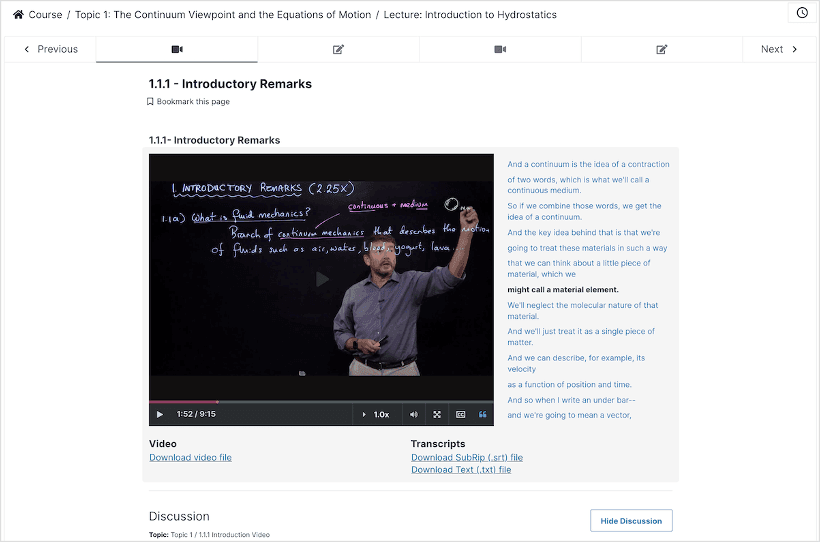
What is it?
- A four-part course that is free to use as long as you are happy not to receive any certification and have time limited access
- It covers the continuum viewpoint, fluid statics, inviscid flow, Bernoulli, control volume theorems and applications
Why do we like it?
- This set of courses is aimed at a relatively high level and requires a healthy time commitment, but does cover a lot of ground
- If you choose to be a verified learner, you can complete the course at your own pace
- Good mixture of teaching videos and interactive concept questions to help you practice what you have learnt
Where can you find it?
- You can register and access the Advanced Fluid Mechanics course here
3) OpenFOAM Tutorials

What is it?
- A collaborative database of teaching materials that make up the official OpenFOAM user tutorials
Why do we like it?
- Every resource has been compiled by aerodynamic experts from all over the world
- Tutorials are categorised into specific collections to suit different levels
- A wide variety of resources including videos, presentations and articles
Where can you find it?
- All the tutorials can be found on the OpenFOAM Tutorials homepage
- You can also find AirShaper's contribution on the Adaptive Mesh Refinement page
- Before founding AirShaper, I also created a variety of OpenFOAM training courses to teach companies how to utilise OpenFOAM in their design process. These are somewhat outdated, but may still be useful
Research
Once you have completed your learning, it’s time to take on some projects! As with any new undertaking, it's always worth exploring previous studies. This not only gives you a head start, but can also help you avoid making mistakes.
4) NASA Technical Reports Server (NTRS)
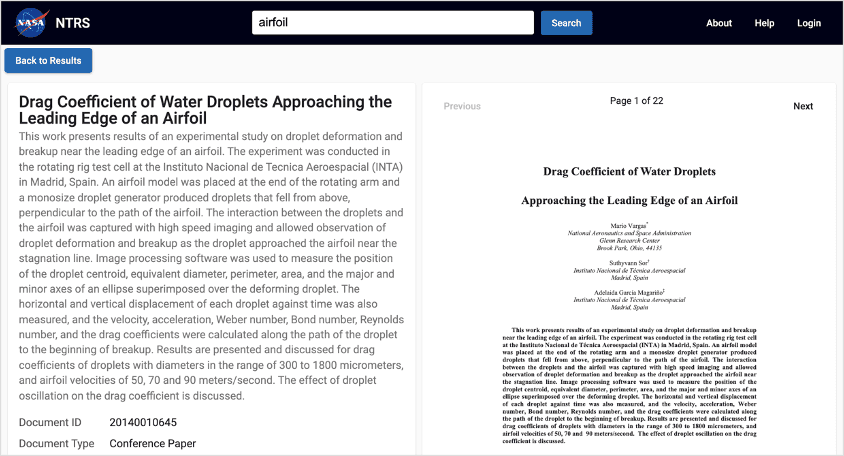
What is it?
- A searchable database of a vast library of research papers and technical reports
- It dates back to the beginnings of the NACA, forerunner of NASA, in the early 20th century
Why do we like it?
- These papers cover everything from airfoil and duct design to hypersonic research
- Even the Apollo mission reports are available
Where can you find it?
- You can search through the database via the NTRS - NASA Technical Reports Server homepage
5) Technical paper websites
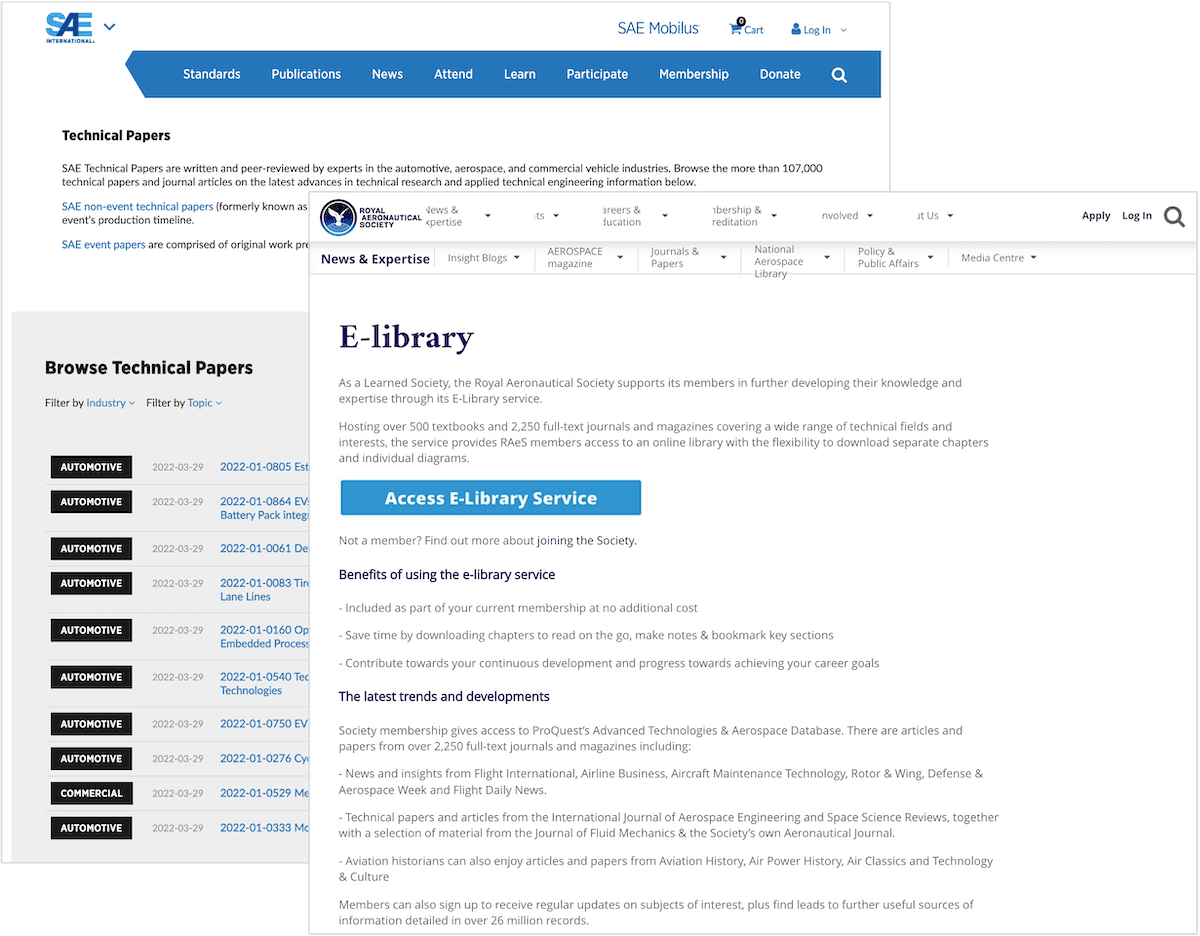
What is it?
- Online databases containing abstracts for technical papers
Why do we like it?
- There are thousands of papers on a whole range of engineering subjects available
- Similar to the NASA reports, they summarise fascinating and useful research
- They tend to be for members only, but can be bought individually or are often free in academia
Where can you find it?
- Many industries have their own society websites which include a library of technical papers, such as the Society of Automotive Engineers and the Royal Aeronautical Society
Tools
There are many commercially available software products out there, but the licence costs mean that only large companeis can afford them. Fortunately, there are many free tools that can do a similar job.
6) OpenFOAM
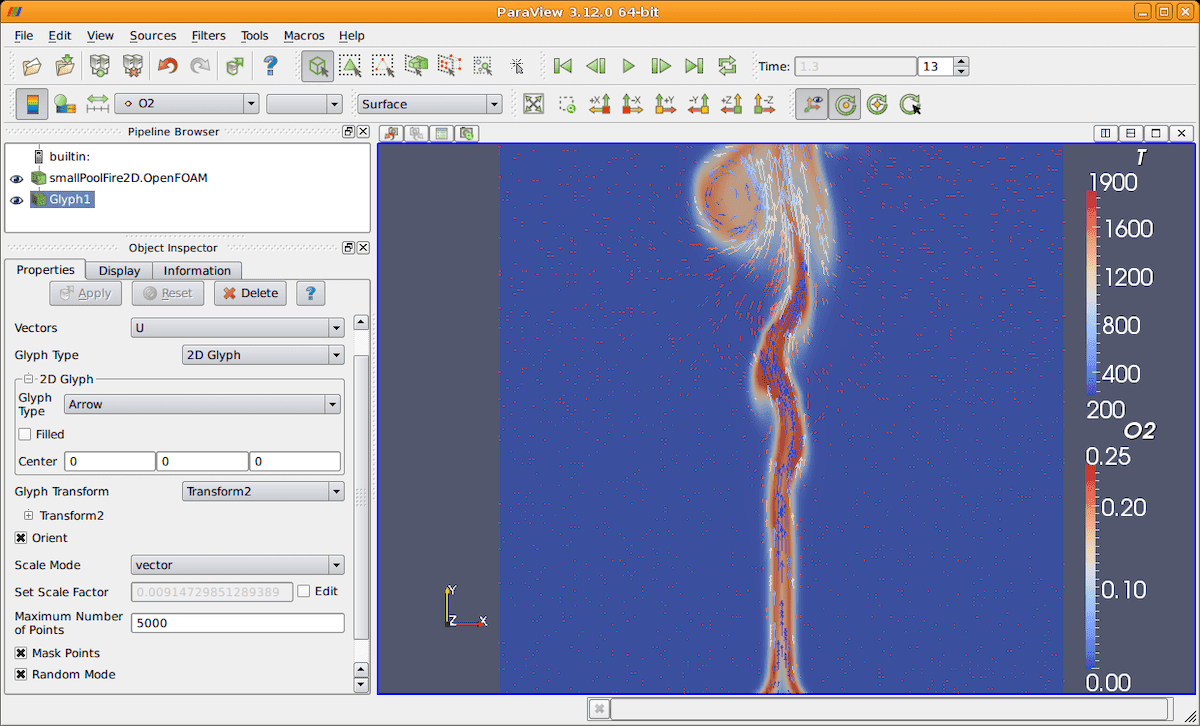
What is it?
- OpenFOAM is an open-source library for running CFD simulations
Why do we like it?
- It is extremely powerful and forms the basis of many commercial CFD products and consultancies
- It’s widely used as the maths engine behind bespoke front-ends in industry, so learning about it is a useful skill for your CV. Discover other ways to boost your CV by reading our blog on building a career in aerodynamics
Where can you find it?
- You can download and install it from the OpenFOAM homepage
- Check out our tutorial video on how to analyse OpenFOAM data with ParaView
7) XFOIL and XFLR5

What is it?
- These tools are quite similar and allow you to perform a preliminary aerodynamic analysis on basic shapes like airfoils and sails
Why do we like it?
- A complicated CFD simulation of a full design is usually the end goal of a project but it can be very time consuming and difficult to set-up. These tools are free and easy to use and are effective ways of getting into the right ballpark
Where can you find it?
- You can download and install these tools from the XFOIL homepage and the XFLR5 homepage
8) Airfoiltools

What is it?
- A comprehensive database containing lift, drag and moment performance characteristics for different airfoils
- A lot of the data comes from the NACA reports previously discussed
Why do we like it?
- It makes a lot of sense to start from a known airfoil design when trying to create a wing or blade, so a database like this eliminates a vast range of unsuitable designs, saving you a lot of time
Where can you find it?
- You can browse through different airfoils on the Airfoiltools website
9) AirShaper
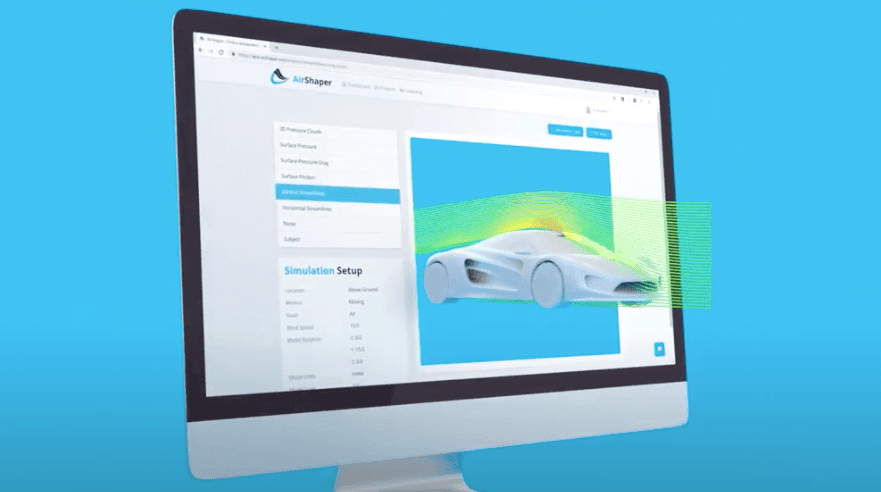
What is it?
- AirShaper is a cloud-based virtual wind tunnel software that runs CFD simulations on 3D models
Why do we like it?
- It's very accessible as no license is required, you just need internet access
- You can upload your own 3D models easily and these don't even have to be watertight
- Simulations run quickly and afterwards, you receieve a PDF report containing all the results and graphs
Where can you find it?
- Log in to run your own CFD simulations on the AirShaper homepage
- Find out how to use AirShaper to run aerodynamic simulations
- For further information on aerodynamic theory, concepts and applications, check out AirShaper's video database
General interest
There are also plenty of online resources that explain interesting aerodynamic concepts from industry that you can then apply to your own projects. There’s nothing better than gaining a new insight into a topic without it feeling like you are actually learning!
10) KYLE.ENGINEERS

What is it?
- A YouTube channel which focuses on all things related to motorsport engineering
Why do we like it?
- This channel has been created by a former Formula 1 aerodynamicist, so there is a lot of aerodynamic content
- Good use of annotations which makes it easier to understand the complex aerodynamic concepts used in motorsport
Where can you find it?
- You can watch the videos on the Kyle.Engineers Youtube channel
11) Official Formula 1 website

What is it?
- The Technical section of the official Formula 1 website
Why do we like it?
- As it's the official F1 website it has good access to photography, information and contributors
- Useful illustrations explain complex and often hidden aerodynamic tricks that race teams use to maximise performance
Where can you find it?
- You can find it on the Technical page of the official Formula 1 website
12) Aerodynamic books
There are thousands of technical books that cover aerodynamics and although these require purchasing, this doesn't mean that they should be ignored. Below is a selection of our favourites and remember that many are available as eBooks and can be bought second hand from the likes of eBay and Adebooks.
12.1) Computational Methods for Fluid Dynamics

12.2) Low-Speed Wind Tunnel Testing

12.3) Low-Speed Aerodynamics
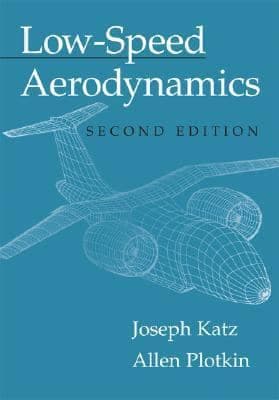
12.4) Race Car Aerodynamics

